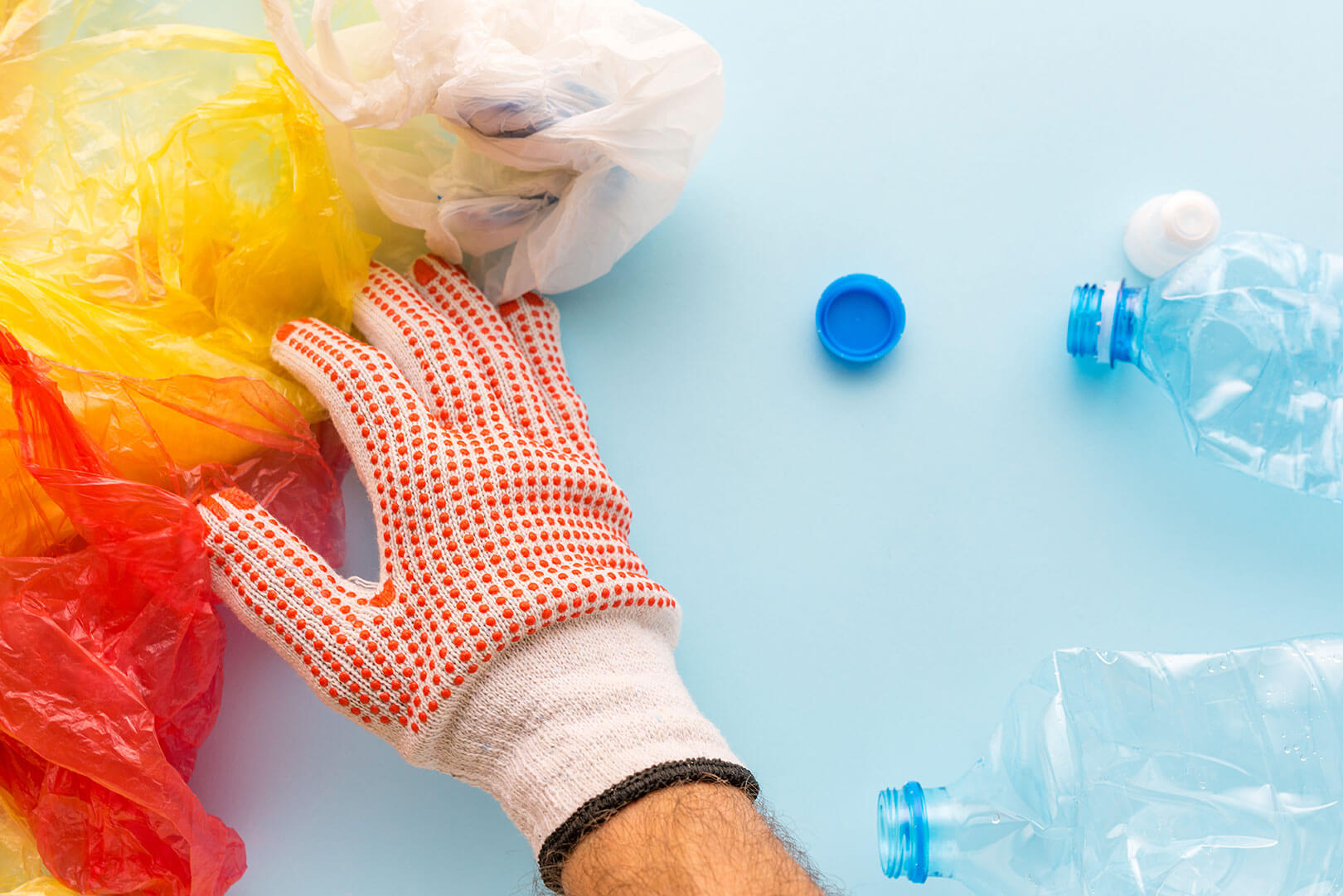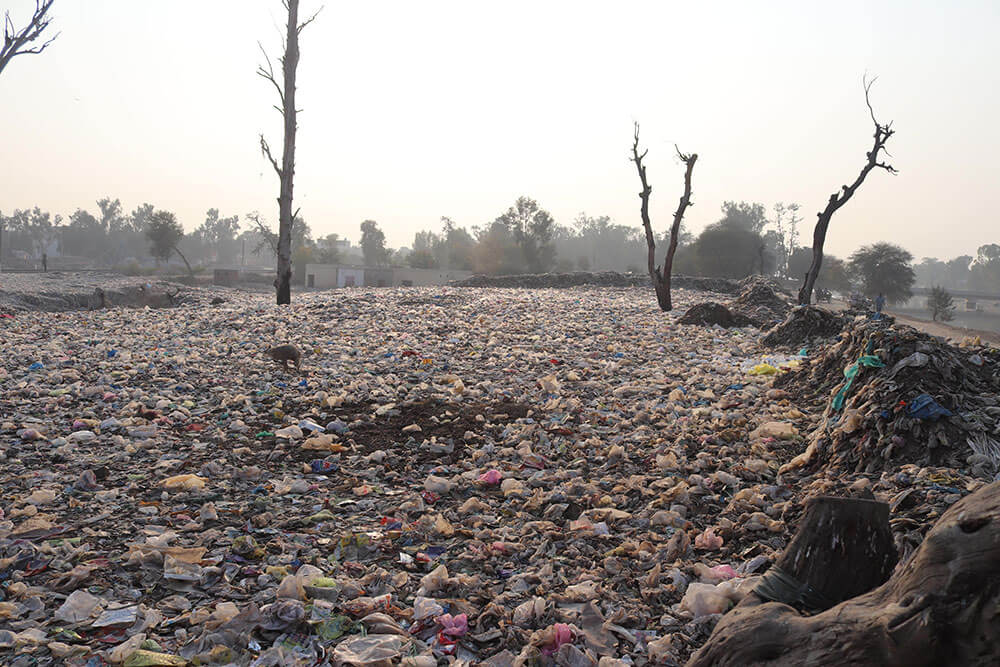 Plastic Pollution and Recycling
Plastic Pollution and Recycling
 Photo by Mali Maeder on Pexels.com
Photo by Mali Maeder on Pexels.com
Plastic has been such an integral part of our daily lives that a world without it seems unimaginable. From 1950 to 2017, the world produced a whopping 8.3 trillion kilograms of plastic. About 6.3 trillion kilograms of that has become plastic waste1.
Since plastic products are made to last, it can take 400 to 1,000 years for plastic waste to fully decompose. This means most of the plastic we’ve used in our lifetime still exists somewhere on the planet today.
Though it’s important to understand that plastic is not a nuisance on its own, it’s how we’ve used and disposed of the material that’s wreaking havoc in our environment and marine ecosystems.
The Journey of Plastic Waste
So, what happens to plastic after we discard it? Plastic waste travels through various channels, from household disposal to recycling centers and landfills. Understanding this journey helps us identify key intervention points to reduce plastic waste effectively.
The journey is quite long and agonizing for most of our plastic waste. Let’s explore the four most common destinations where plastic ends up2.
 Photo by Alexander Schmmeck on Unsplash
Photo by Alexander Schmmeck on Unsplash
Destination 1: Landfill
About 50% of our plastic waste ends up in landfills3. While a landfill is designed to contain waste, plastic can easily get blown away and escape the dumping site, especially in cities with poor waste management practices.
But even a well-managed landfill poses threats to our ecosystem. During the decomposition process of plastic and other solid waste, a highly toxic liquid called leachate is formed. Leachate can leak into the environment during rainfall and contaminate our soil and groundwater.
Destination 2: Incineration facility
Another common destination for our plastic waste is the incineration facility. However, this fate still negatively impacts our environment. The incineration of plastic waste produces carbon dioxide and other greenhouse gases that contribute to the climate crisis. Although high-income countries have modern incineration facilities equipped with filtration to catch air pollutants, open incineration is still common in developing nations – which is where most of the world’s plastic waste comes from.
Destination 3: Ocean
While some plastic spends its lifespan in a landfill, other ends up permanently in the ocean. Along with other improperly managed waste, plastic litter gets washed or blown away into waterways during heavy winds, rains, and storms. It travels all the way to rivers and eventually to the ocean. Depending on its type, plastic can either sink into the seafloor and join deep-dwelling ocean animals, or it can keep floating for years until it reaches and joins massive islands of trash in the ocean like the Great Pacific Garbage Patch.
According to the United Nations Environment Programme (UNEP), around 75 to 199 billion kilograms of plastic is currently in our ocean4. Unfortunately, marine animals don’t understand the threats of ocean plastic as we do. It’s estimated that 100,000 of them die from ocean plastic ingestion or entanglement each year.5
Destination 4: Recycling center
The ending doesn’t always need to be terrible for the plastic we dispose of. Plastic waste can also land in the hands of Plastic Bank’s collection community members who bring the material to a recycling center where it’s destined to be processed and recycled into pellets and flakes as feedstock. This feedstock is sold to manufacturers for reuse in products and packaging – giving a new life to old plastic.
Although this is the dream destination for our plastic, about only 9% of the plastic in the world has been recycled1. The rest remains as waste, choking our seas and causing devastation in our communities, environment, and ecosystems.
How can you help ensure plastic ends up in a recycling center?
Now that we know what happens to our plastic waste, let’s dive into some of the steps we can take to make sure our plastic has the best chance of getting recycled.
Calculate Your Plastic Footprint and discover actionable steps to reduce waste and improve recycling efforts. Join our community in promoting sustainability following these easy tips.
Learn what can be recycled
The first step in making sure we prevent trash in the ocean, landfill, and incineration facility is understanding which types of plastic can be recycled. One of the most common types of recyclable plastic is PET (Polyethylene Terephthalate), which is used for water bottles, and other food containers. Other types of recyclable plastic include HDPE (High-Density Polyethylene), LDPE (Low-Density Polyethylene), and PP (Polypropylene). A little bit of research can go a long way in helping you determine which plastic in your household is recyclable.
Sort plastic waste
Sorting plastic waste helps reduce contamination when sending plastics for recycling. Contamination occurs when non-recyclable materials are mixed with recyclable plastic during collection or processing. When contaminants are present in recyclables, it affects their quality, making them unsuitable for reuse or repurposing.
Research local recycling centers
Your nearest local recycling center might accept certain types of plastic while another center may accept different ones – it depends on your location and the facilities available to you. Do a little research online or give your local recycling facilities a call so that you know where each material should be directed when it’s time for disposal.
Educate yourself and your community
One of the most powerful tools at your disposal when it comes to reducing plastic pollution is education. The more people that know about the effects of mismanaged plastic waste on the environment, the better chance we have at reducing its overall impact on the planet. Take the time to educate yourself and share your knowledge with your family members, friends, and neighbors so they too can help contribute towards ending global plastic pollution.
Did you know that every single action, no matter how small, contributes to a larger impact on our environment? It’s the collective effort of individuals and businesses alike that fosters a sustainable future. By choosing to make conscious decisions every day, you are not only working towards a wasteless world but also inspire others to do the same.
So, why not take a step today towards a greener planet? Whether you’re an individual looking to make a difference or a small business owner eager to amplify your impact, we have the resources and community to support your sustainability journey. Join us today!
- Laura Parker, “A whopping 91 percent of plastic isn’t recycled?” National Geographic, December 20, 2018, https://www.nationalgeographic.com/science/article/plastic-produced-recycling-waste-ocean-trash-debris-environment
- Emma Bryce, “What really happens to the plastic you throw away?” TED Ed, April 21, 2015, https://ed.ted.com/lessons/what-really-happens-to-the-plastic-you-throw-away-emma-bryce
- “Mission Timeline: Cruise” NASA, https://mars.nasa.gov/mars2020/timeline/cruise/#:~:text=The%20spacecraft%20departs%20Earth%20at,miles%20(480%20million%20kilometers
- “Plastic pollution is growing relentlessly as waste management and recycling fall short, says OECD,” OECD, February 2, 2022, https://www.oecd.org/environment/plastic-pollution-is-growing-relentlessly-as-waste-management-and-recycling-fall-short.htm
- “Plastic in our oceans is killing marine mammals,” WWF Australia, July 1, 2021, https://www.wwf.org.au/news/blogs/plastic-in-our-oceans-is-killing-marine-mammals





